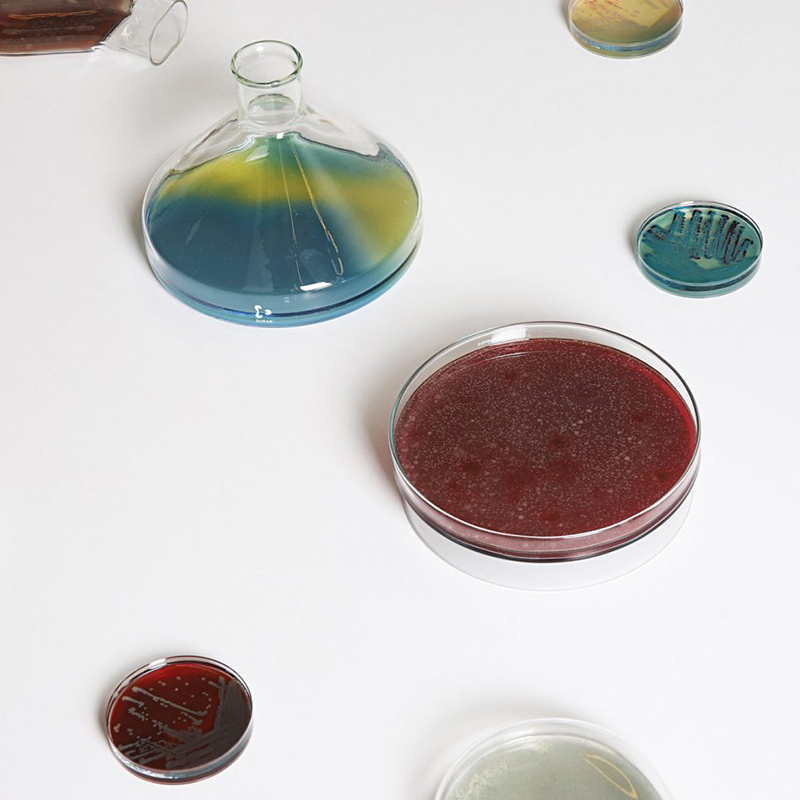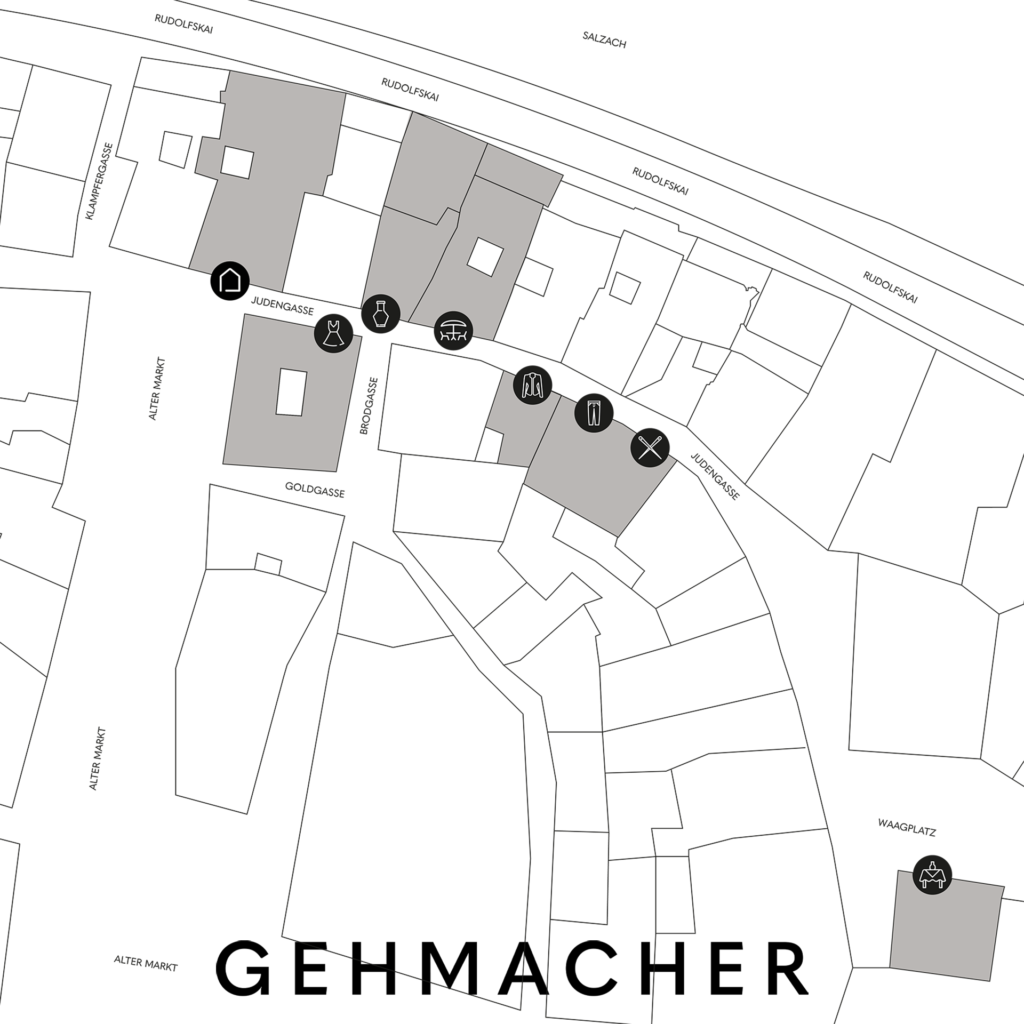IR, an old term for professional producers, but also studio owners, has today found its way from studio rooms to stages and even to the musician’s live equipment.
What is that? It is a sonic measurement of the sound of a speaker, room or microphone in relation to a sound source. [1]
Well, more detailed, it is the output of a dynamic system (a system that depends on the past and future value of the signal at any instant of time) when a impulse (short input signal) is presented.
So this “system” could be an electronic current, an economic calculation or a sound.
For example, Impulse Responses (IR) are used as a “replacement” for a guitar or bass speaker, both to digitally record the instrument without having to mic a real cab, and in a live situation, going directly to PA. Also, no microphone, no cab and, more or less, always the same sound.
There are several things that need to be taken into consideration when thinking about creating / choosing an IR. Many things affect the sound such as the type of speaker, the space we are in, which microphone we are using, its location, the microphone preamp and many other things.
With an IR you can capture all of this information, so you can instantly recall that setting.
An IR is normally a .wav file, and you can find a lot of them online, many companies / studios are releasing theirs, to let you have their tone.
How to use them? Simply load them with an IR Loader into your DAW (Use Space designer in Logic or there is the free VST IRLoader from LePou) or hardware (e.g. modeling amps like Kemper, AX FX, Line6 Helix).
Another use is with Convolution Reverb. CR is a simulation of a reverb or sound quality of a space using IRs. How? A short sound is played, the response is then measured and recorded, then recreated using algorithms. Some CR plugins are Space Designer (included in Logic Pro) or Waves IR1.
If you are interested in this topic, you can find more information in this interesting article https://www.bonedo.de/artikel/einzelansicht/impulse-responses-und-gitarrenboxen.html
Resources
1 Andertons – What Is A Guitar Amp Impulse Response?
2 Wikipedia – Impulse Response
3 Wikipedia – Dynamic System
4 Bonedo – Impulse Responses und Gitarrenboxen



















